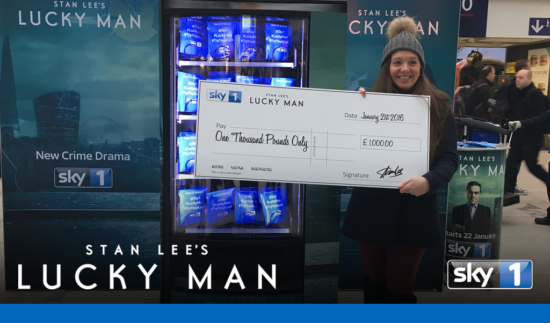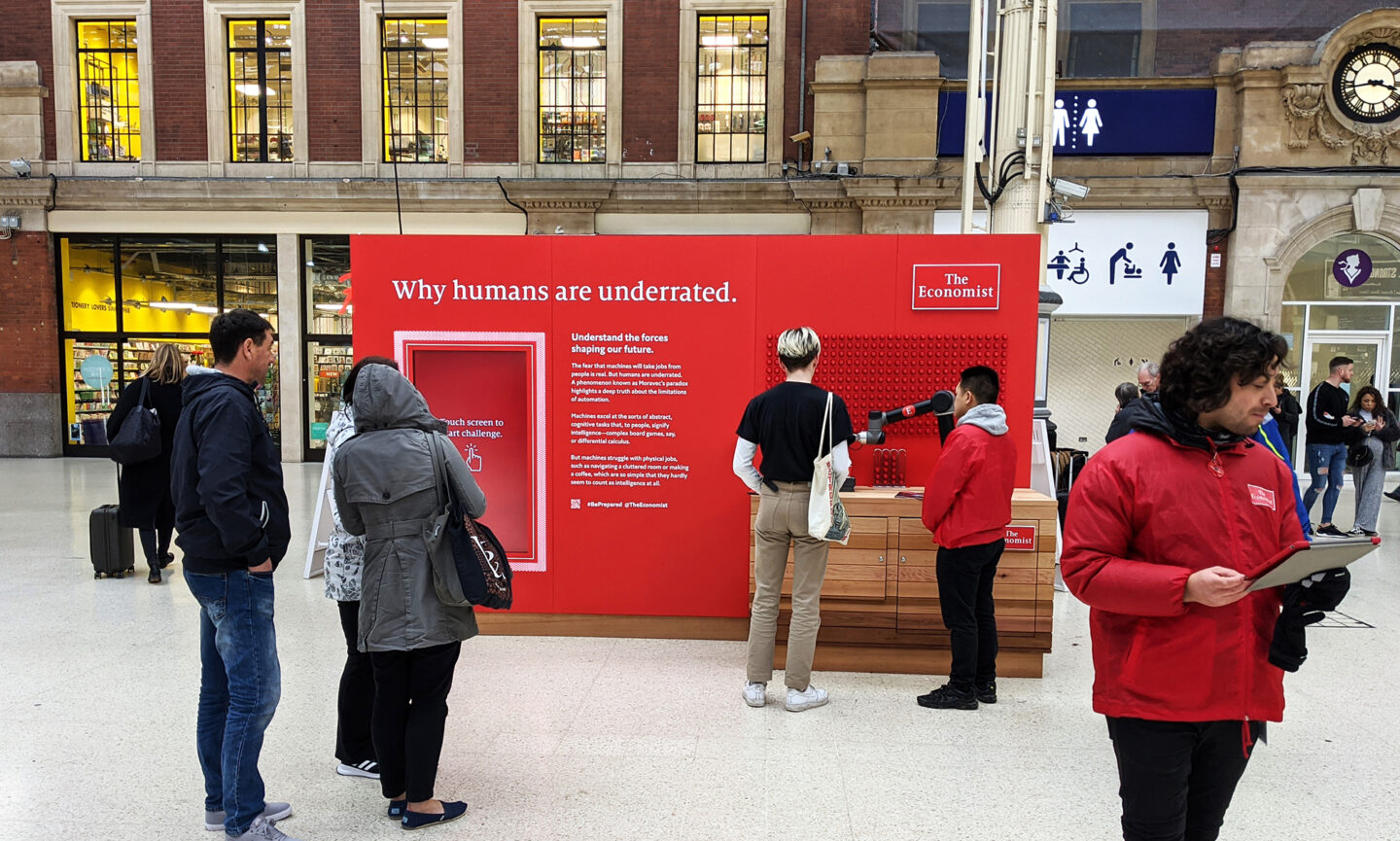
28th May 2020 by Jason Vincent
Is touch-less experiential the future?
It sounds oddly counter-intuitive, doesn’t it? Experiential by it’s very definition involves experiencing! How can we remove touch – such an essential sense – from that experience? And what could we replace it with?
We’ve compiled our list of 5 changes we have observed, and believe will be accentuated in a post COVID-19 world that will continue to ripple throughout the experiential and event industry.
#1 – Increased Automation – less human contact, more data capture
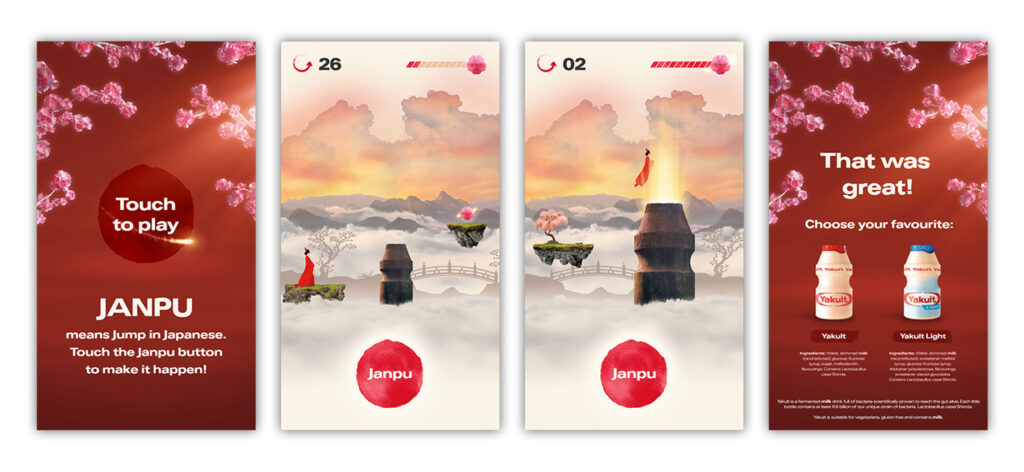
This is the big one. As a starting point, we believe there will be a trend towards limiting contact with ‘people’ such as brand ambassadors. Even simple sampling activities are likely to evolve into more automated alternatives. As an example, automated retail (or vending machines if you really want to call them that – we’d rather be sophisticated about it!) provide an opportunity to engage consumers in a variety of fun and interactive ways, whilst eliminating the need for person-to-person contact altogether.
This could be used for sampling – for instance, entering some simple details, answering a fun / interactive quiz or solving a game, and being rewarded with a product sample.
We’ve seen this being used increasingly more with both brands and retailers – from Yakult handing out healthy little bottles, to Superdrug enabling loyal customers to be the first to sample new products.
With the added benefit of data capture, this provides valuable information about the consumer, including demographic data, whilst placing the power in their hands – challenging *them* to engage, rather than simply handing them samples on the go.
#2 – Alternative (touch-less) interactivity mechanics, such as motion sensing and eye tracking
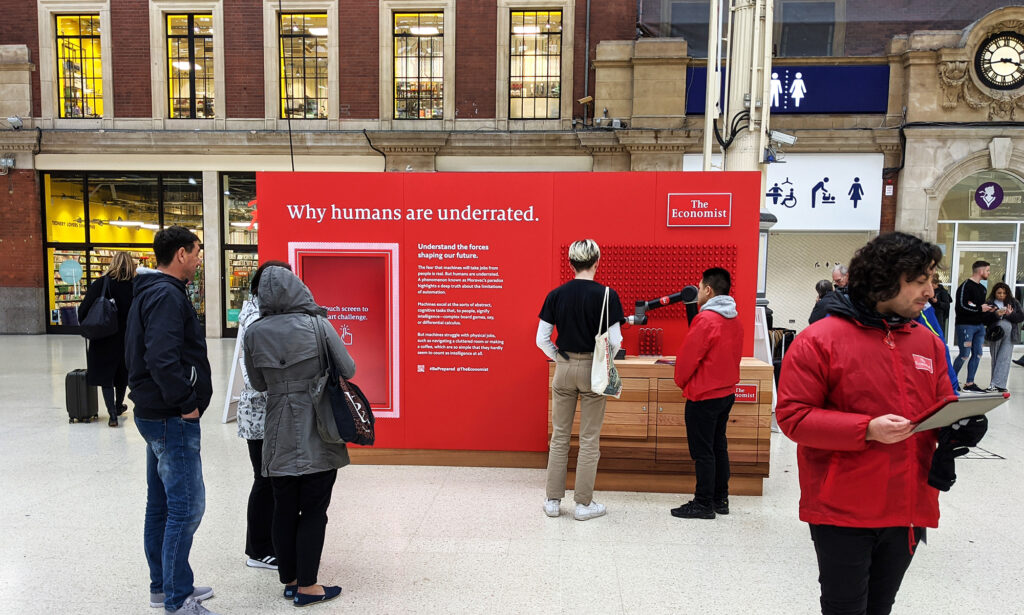
If you eliminate touch altogether, you immediate rule out large format touch displays, tablets – even buttons! This is one of the more transformative changes we see coming, and goes hand in hand with #3 below.
So what could it be replaced with?
As a very simple example, a recent project in the lead up to lockdown using robotics for The Economist involved a very simple ‘press of a button’ within a public space (in this case high-footfall train stations). The solution was simple – transitioning to a touch-free button where customers could simply wave their hand over the button instead to trigger our Barista robot into action to pour a cup of coffee.
However, what about for more complex mechanics? Selecting items on screen perhaps, or controlling a robot with a joystick. Well, this is where perhaps COVID-19 will lead to some fairly radical shifts in interactivity mechanics and could result in some fantastic innovation.
Thinking back to the ‘AI: More than Human’ exhibition at the Barbican Centre, we were greeted right at the entrance by a Kinect powered display which awed visitors who moved energetically and observed their body mapped to various points on the screen.
This type of technology, combined with more specific tech like the hand/gesture sensing abilities of a Leap Motion provide opportunities for agencies and brands alike to get creative and deliver some truly awe-inspiring experiences.
#3 – Empowering the user to use their own mobile device
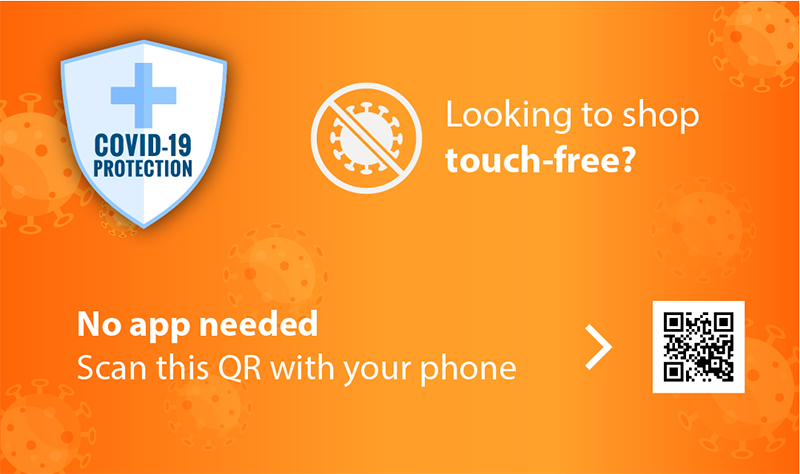
There’s no reason why consumers must engage with displays in various stores and events. There is a simpler, cleaner and (in our opinion!) more effective way.
By leveraging the mobile device every consumer has in their pocket or handbag, we can deliver virtually the same experience, without the need to touch a shared display.
Countless projects have already been delivered leveraging this type of approach – from a user-controlled oversized grabber claw in Topshop’s flagship Oxford Street store, where consumers controlled it through their phone – to sampling activities triggered by consumers answering quizzes, engaging in social media, or simply posting a funny photo from their phone.
With the now near-ubiquitous use of QR code scanning capabilities built into most devices as standard (almost all iPhones and Android 9+), interacting with a display is now as simple as opening the camera and pointing it at a screen. This could be taken a step (or several steps!) further with the use of branded/event specific apps and augmented reality, though the beauty of a QR code triggered experience is that no app install is required.
And why might this be better? Well, for a start, you’re now in a private space rather than a public one. This provides additional marketing opportunities through the use of re-marketing technology providing far more value to the brand in the medium and long term.
#4 – Increased in-store experiences
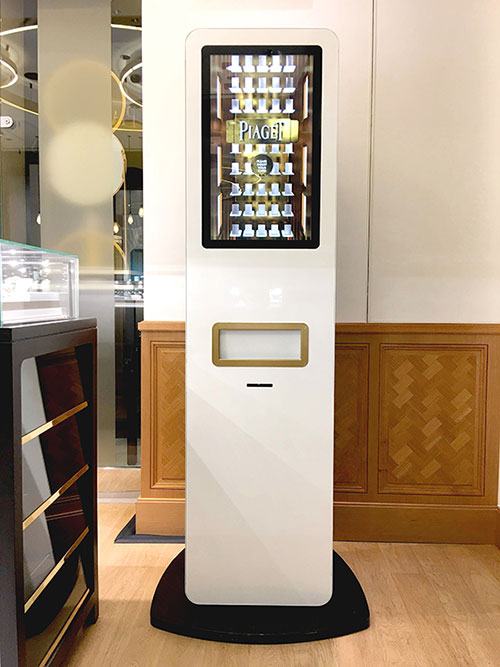
Piaget in-store experience, Harrods, 2019.
Customers were mailed gold leaf tokens and invited in-store to redeem their gifts
The UK has been in lockdown since the end of March, with many retailers having closed even earlier. At the time of writing, non-essential stores are yet to re-open, and it’s the end of May. We’re living through one of the worst periods in history when it comes to the economic and commercial impact on retailers.
If we think back, bricks and mortar retail stores had already been struggling. From the ‘Save the High Street’ movement, to retailers pivoting towards more ‘experiential retail’ in store to drive footfall and bring customers through the door.
While some might argue that COVID-19 could destroy what’s left of the high street and retail stores, we think it won’t. In fact, we think this presents a unique opportunity that many brands and retailers are already leveraging.
Consumers want to get out, they want to engage with the brands they love (and discover the ones they may not yet know about!). Online shopping only goes so far, and if anything, this could be the shift we needed to transform what stores stand for.
We see a movement towards creating more, unique and engaging experiences in-store. From running events and classes (think Apple and Lululemon), to creating immersive experiences and empowering consumers to try new products and break out of their comfort zone (think Nike’s flagship stores).
There’s also a secondary driver. Large, public events are likely to be scaled down for the foreseeable future – driving consumers into a store network is likely to be a lot more feasible than organising large pop-up events around the country that could gather far more people in one place.
Reengineering Retail by Doug Stephens springs to mind when imagining what the retail landscape could look like 12 months from now…
#5 – Anti-microbial / anti-bacterial displays and surfaces

Last, but never least, there will be a need to protect people – both consumers and staff alike. One way to achieve this is through the use of anti-microbial / bacterial coatings on displays and other surfaces. We’re already starting to see this with several large food chains adapting their self-service ordering system to incorporate the technology.
Whilst this is far from fool-proof, it’s a leap in the right direction. We don’t imagine a world where retailers will backtrack on their shift towards self-serve. We don’t really see how they could – after years of scaling back and leveraging technology to cut costs, reversing that decision wouldn’t be an easy one.
The approach taken is likely to be one of protecting people as much as possible when using these services. We imagine a lot more manufacturers and technology providers will start to offer this as standard. One obvious challenge that emerges is how does this get communicated down to those using the systems? Trust is everything, and consumers are entering a world where they’re going to need to know – and believe – that the surfaces they’re touching, and equipment they’re interacting with, is clean, hygienic and ultimately safe.
In the short term we imagine this will involve displays and other surfaces clearly communicating they’re protective qualities. In the future, we imagine this might possibly move into a safety mark (akin to the SSL Website is Secure padlock we’ve grown accustomed to online), indicating that a surface we’re about to touch is safe.


